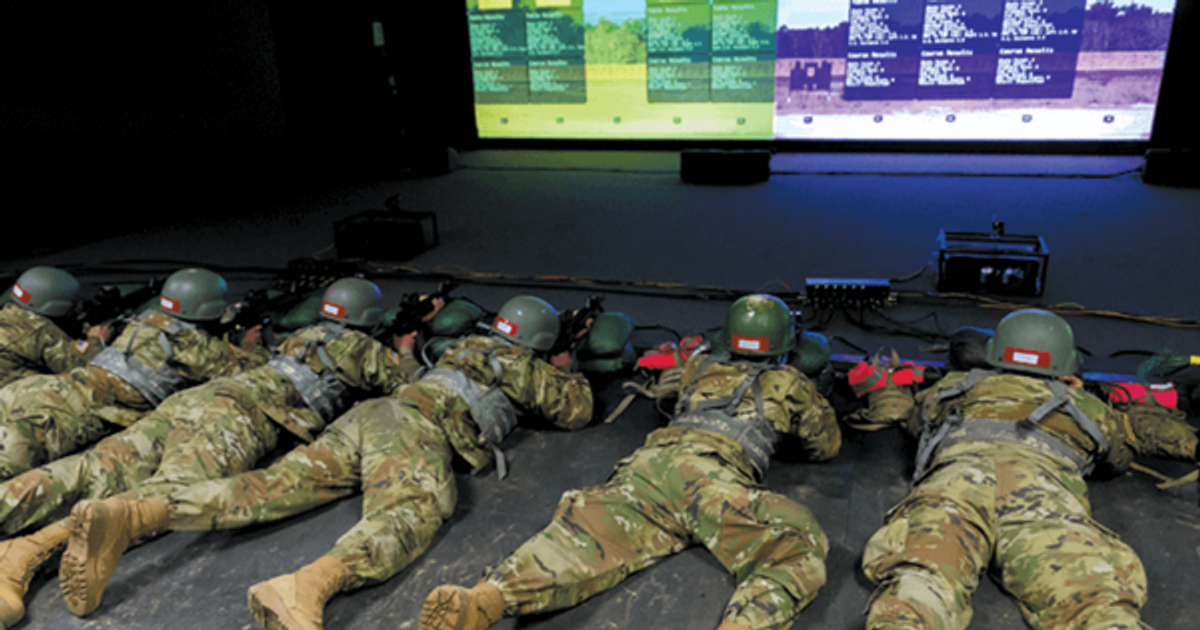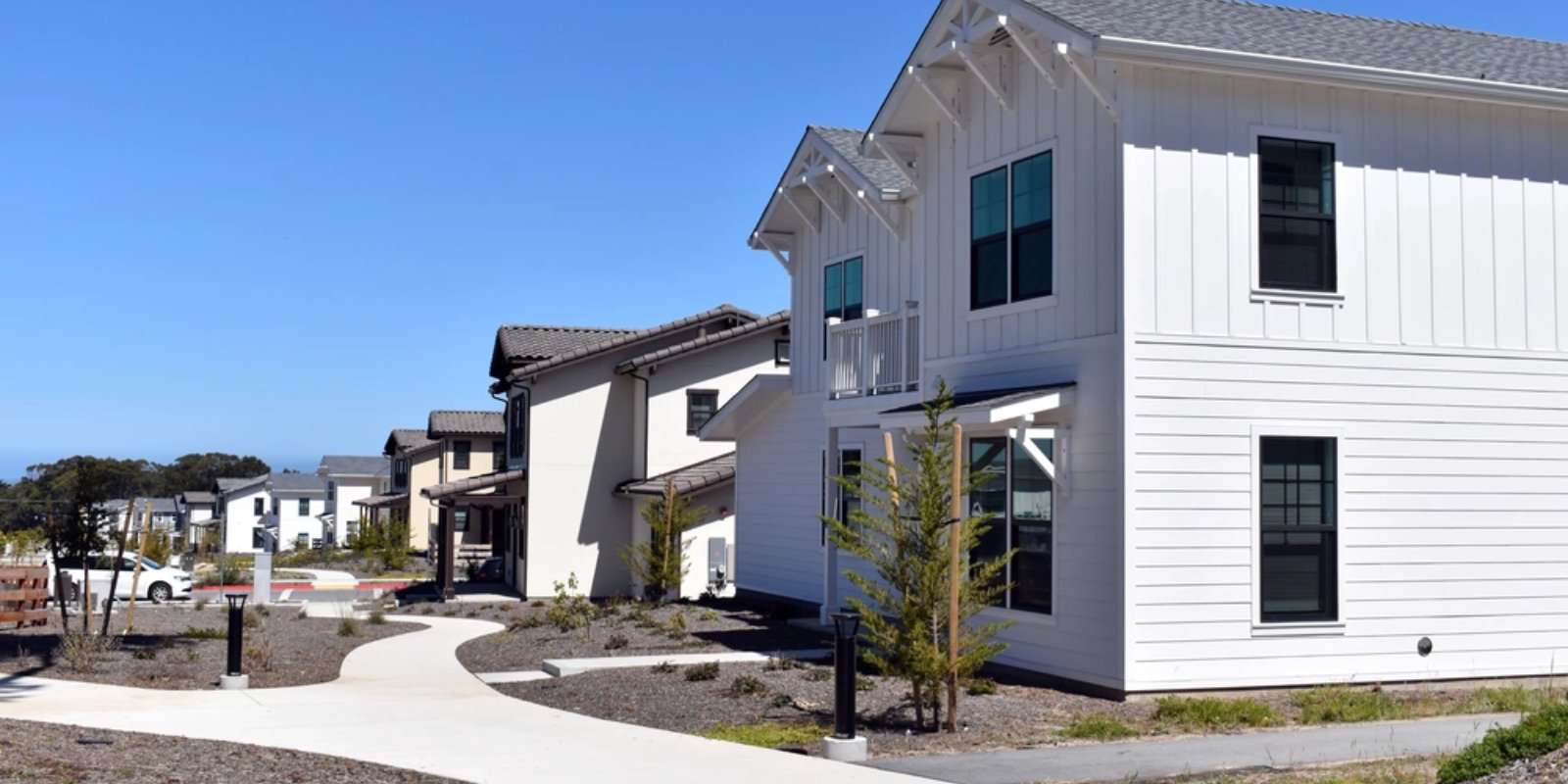U.S. ARMY MILITARY POLICE SCHOOL

The commandant of the U.S. Army Military Police School (USAMPS) is responsible for ensuring that the vision for MP profession and regiment is nested with and consistent with the CG and MSCoE. The commandant serves as the military police branch proponent with primary responsibility for training, leader development and personnel for the branch and works to integrate those into and across doctrine, organizations, training, materiel, leadership and education, personnel and facilities. The commandant focuses on the needs of the military police force while teaming with the other commandants and the DtCG to recommend to the CG changes to doctrine, organizational construct, training and leader development, and materiel solutions. Using military expertise, the commandant is responsible to exercise internal lead, in concert with the DCG (in the alternate CDID SES role), for development and integration of the following: MP force structure and capabilities development for detainee operations, military working dogs, and nonlethal and scalable effects. The commandant may speak and brief on behalf of the CG for the same areas; exercises command responsibilities for 14th Military Police Brigade; serves as principal adviser in all command matters; and is authorized to give orders, directions and guidance, which have the same force and effect as those given by the CG.
The United States Army Military Police School (USAMPS) is a multiservice training facility that provides technical policing, investigations, police intelligence, corrections instruction and combat support military police training, including security and mobility support, police operations and detention operations to more than 16,000 Army, Air Force, Navy, Marine, civilian and foreign students annually.
As the Law Enforcement Center of Excellence, the school trains military police leaders and Soldiers to serve across the full spectrum of military operations from stability and support operations to major theater conflicts.
The Military Police School is responsible to ensure integration of all DOTMLPF-P domains in order to provide the units, equipment and trained personnel necessary to successfully conduct the Military Police Corps missions expected by the combatant commanders.
The USAMPS task organization includes the Directorate of Plans and Operations, Directorate of Training and Education, Directorate of Proponency, Initiatives and Integration, and the Army Nonlethal Scalable Effects Center. USAMPS coordinates closely and directly with the CDID for MP concepts, doctrine, materiel and organization domains development and the MSCoE Directorate of Training for development and execution of maneuver support common training.
14th Military Police Brigade
The 14th Military Police Brigade is task organized into three battalions. These battalions are responsible for training Military Police Basic Officer Leadership Course B, Captains Career Course, One Station Unit Training of MOS 31B Soldiers, AIT for 31E Soldiers and military occupational skills training (MOS-T) for reclassifying Soldiers. The brigade’s mission is to train and provide combat-ready, disciplined, motivated, physically fit and technically competent military police Soldiers and leaders to Combatant commanders inculcated with the Army Values and Warrior Ethos; capable of immediately contributing to their next unit’s mission, and able to survive in any environment.
The 701st Military Police Battalion is responsible for oversight and management of more than 53 technical courses of instruction. The battalion is also the owner and operator of the Army’s premier Detainee Operations Training Facility, Camp Charlie, which replicates detainee facilities within the COE, facilitating training of all initial entry MP Soldiers.
The 787th and 795th Military Police battalions total 15 companies and two headquarters detachments. They provide OSUT, military police Advanced Individual Training and military occupational skills training (MOS-T) to approximately 8,000 newly recruited and reclassifying MP Soldiers annually. The cadre of these three MP OSUT battalions conducts a 19-week course of training, which incorporates lessons learned on the current battlefield. This ensures every graduating Military Police Soldier is prepared to immediately contribute to the Overseas Contingency Operations.
All levels of training are enhanced by some of the most modern training facilities within the U.S. Army. A majority of the premier law enforcement training is conducted at Stem Village, a mock city at Fort Leonard Wood and named in honor of Brig. Gen. David Stem, Military Police Corps Regiment commandant from June 1985 to January 1987.
The village covers 77,670 square feet and is constructed of dual-purpose buildings. For example, a movie theater in the facility also contains weapons training classrooms, including an Engagement Skill Trainer, which simulates marksmanship training for the weapons systems employed by MP Soldiers. Additional USAMPS training facilities include urban operations training area that has been modified to resemble urban terrain that Soldiers will encounter in contemporary operational environments.
The Basic Military Police Training Division trains newly recruited Soldiers and Marines in basic and advanced MP skills utilizing the mock MP station, bar, strip mall and gymnasium. At the same time, the Advanced Law Enforcement Training Division is training nine different courses from special police operations to anti- terrorism and counterdrug. This portion of the village contains a tactical clearing complex for Special Reaction Team and Protective Service training, complete with a credit union, shoppette, health clinic, government quarters and several other buildings the team might encounter on a military base.
Each facility contains surveillance systems, inside and out, to record the training for immediate feedback to the students on what went right and what mistakes need to be corrected. The village also contains mock quarters for the student investigators to train on crime scene processing and child abuse prevention, as well as a mock confinement facility for training military police corrections specialists. TA 210 supports anti-terrorism evasive driving training for students ranging from DOD executive staff drivers to general officers and other select personnel. This facility supports the most realistic evasive driving training the Army has to offer.
Thurman Hall is in the MSCoE complex. Named after Gen. Maxwell R. Thurman, this facility hosts the MP School’s Command Group Headquarters and contains classrooms and high-tech labs for training the MP Corps’ officers and NCOs, investigators, physical security inspectors and CID agents. The third floor contains the latest battlefield simulation system where student leaders enact their plans, while practicing their battle tracking and communication skills.
By providing the best possible training to thousands of Soldiers, Airmen, Sailors, Marines and civilians, the Military Police Corps Regiment helps provide the best protectors in the world who serve with the greatest vigilance while on guard for our nation.
USAMPS is home to the Army Nonlethal Scalable Effect Center (ANSEC) that is in charge of developing and integrating multiple developmental efforts comprising the Army Nonlethal Weapons program. Operating under the auspices of the Commanding General, MSCoE, the Army’s designated nonlethal weapons force modernization proponent, USAMPS/ANSEC integrates the NLW DOTMLPP-P development efforts of multiple TRADOC Centers of Excellence, working in coordination with the overarching DoD Joint NLW Program.
Timmerberg Forensic Science Building
The Timmerberg Forensic Science Building is an off-site location next to the MSCoE complex. Named after Maj. Gen. Paul M. Timmerberg, this is a 4,700-square-foot facility that contains three classrooms, six crime scene rooms, a mass grave scene, a casting pit and a high-tech lab for training the MP Corps’ Officers and NCOs. Training includes the CID Special Agent Course, Advance Crime Scene Course, Advance Leader Course (ALC), Senior Leader Course (SLC), Warrant Officer Basic Course and Warrant Officer Advance Course.
SHARE:



